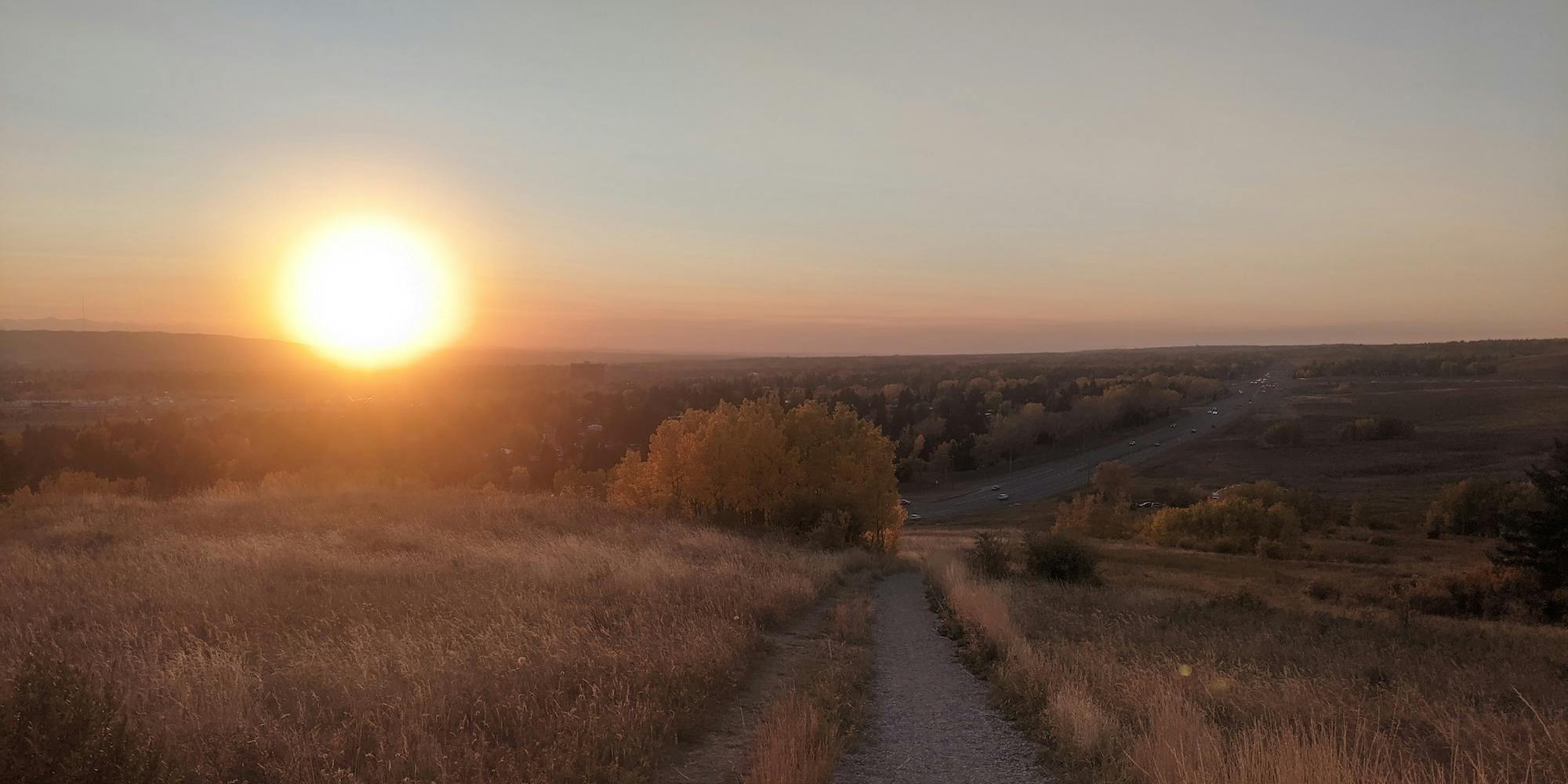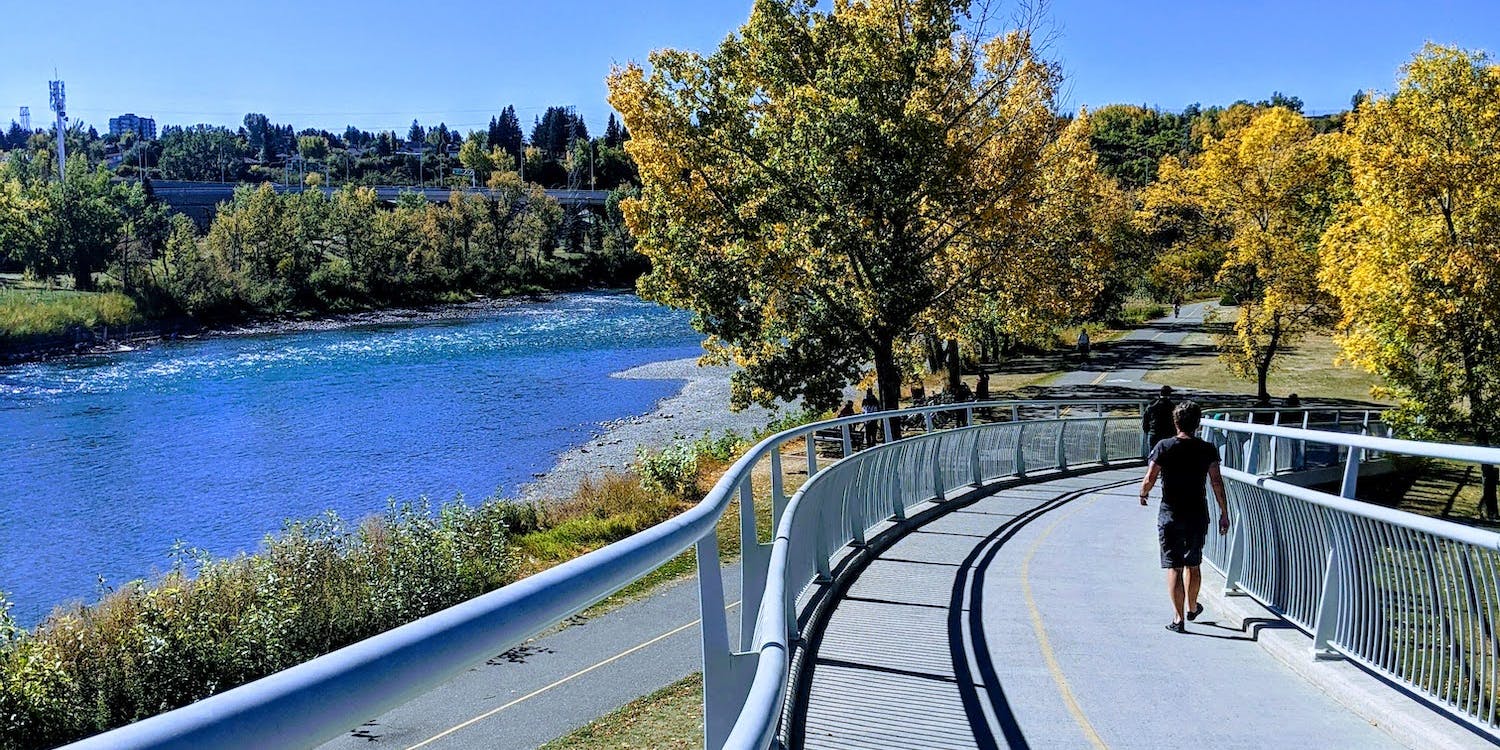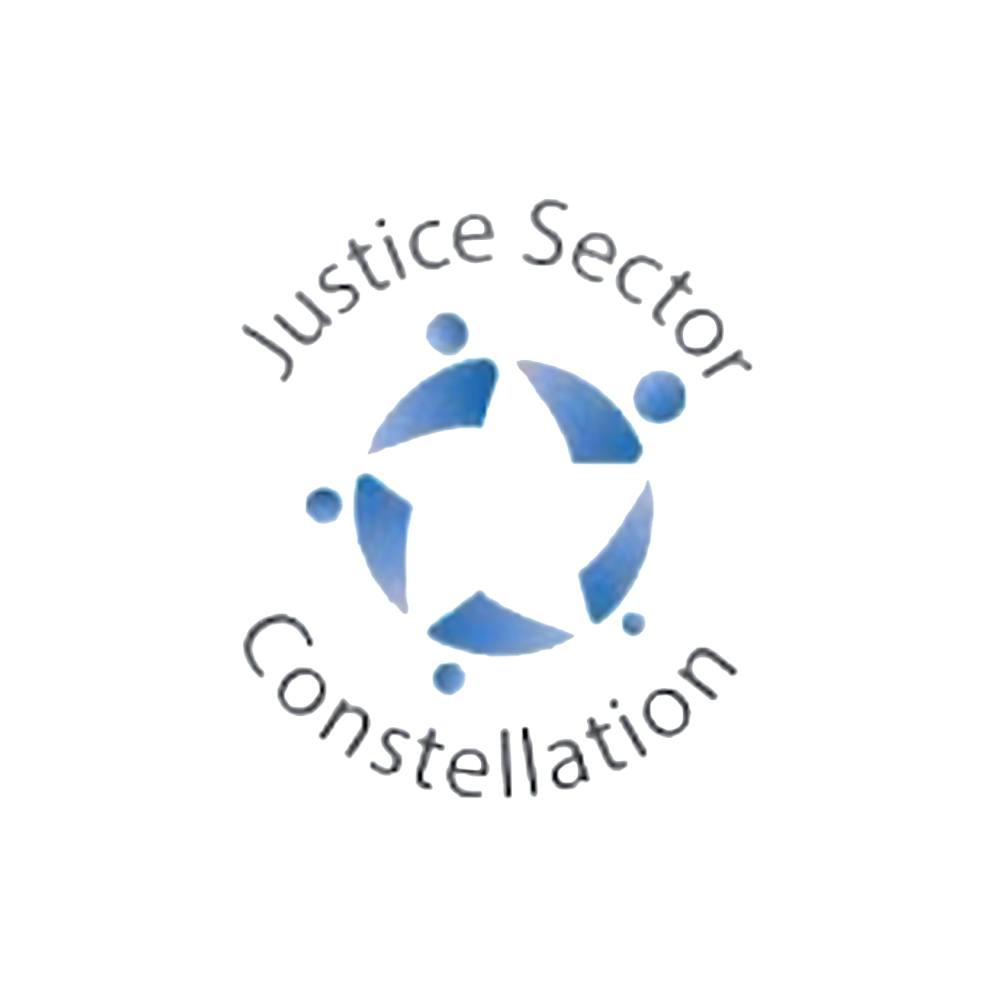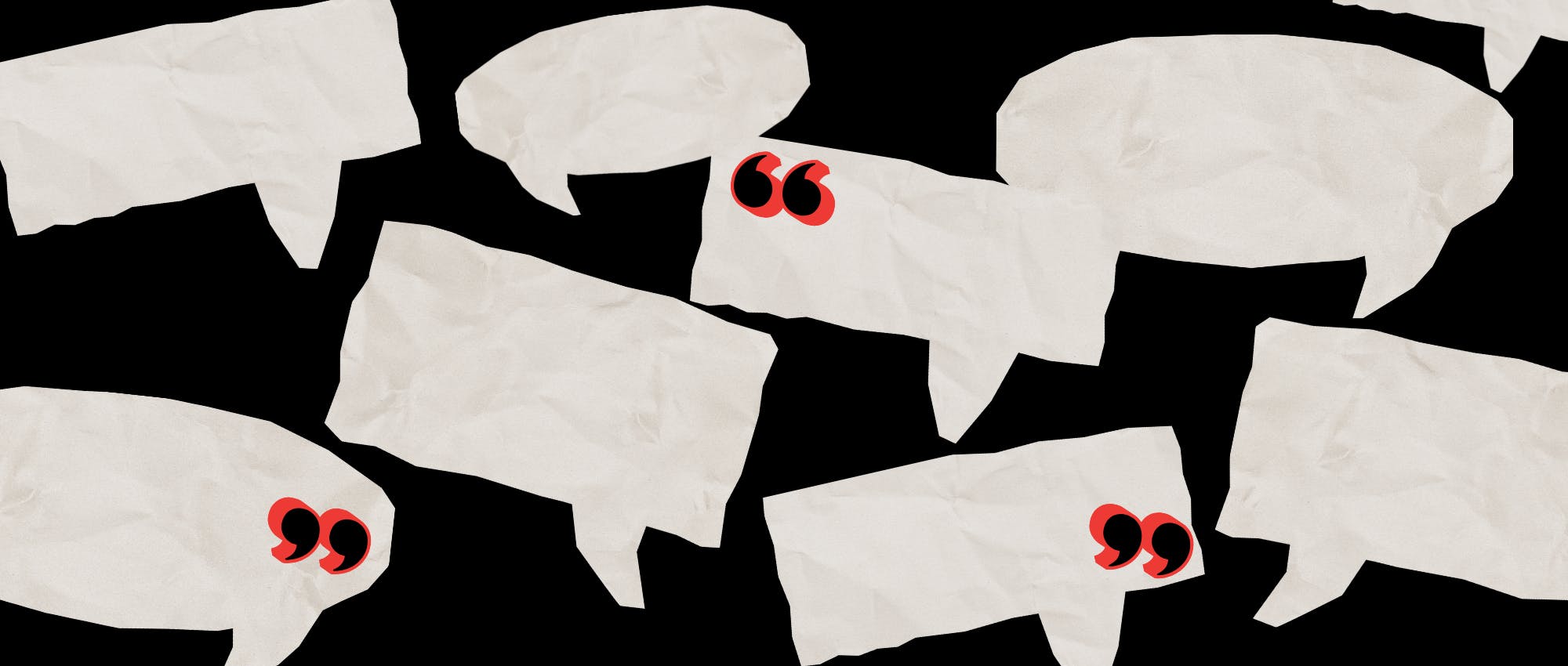Project
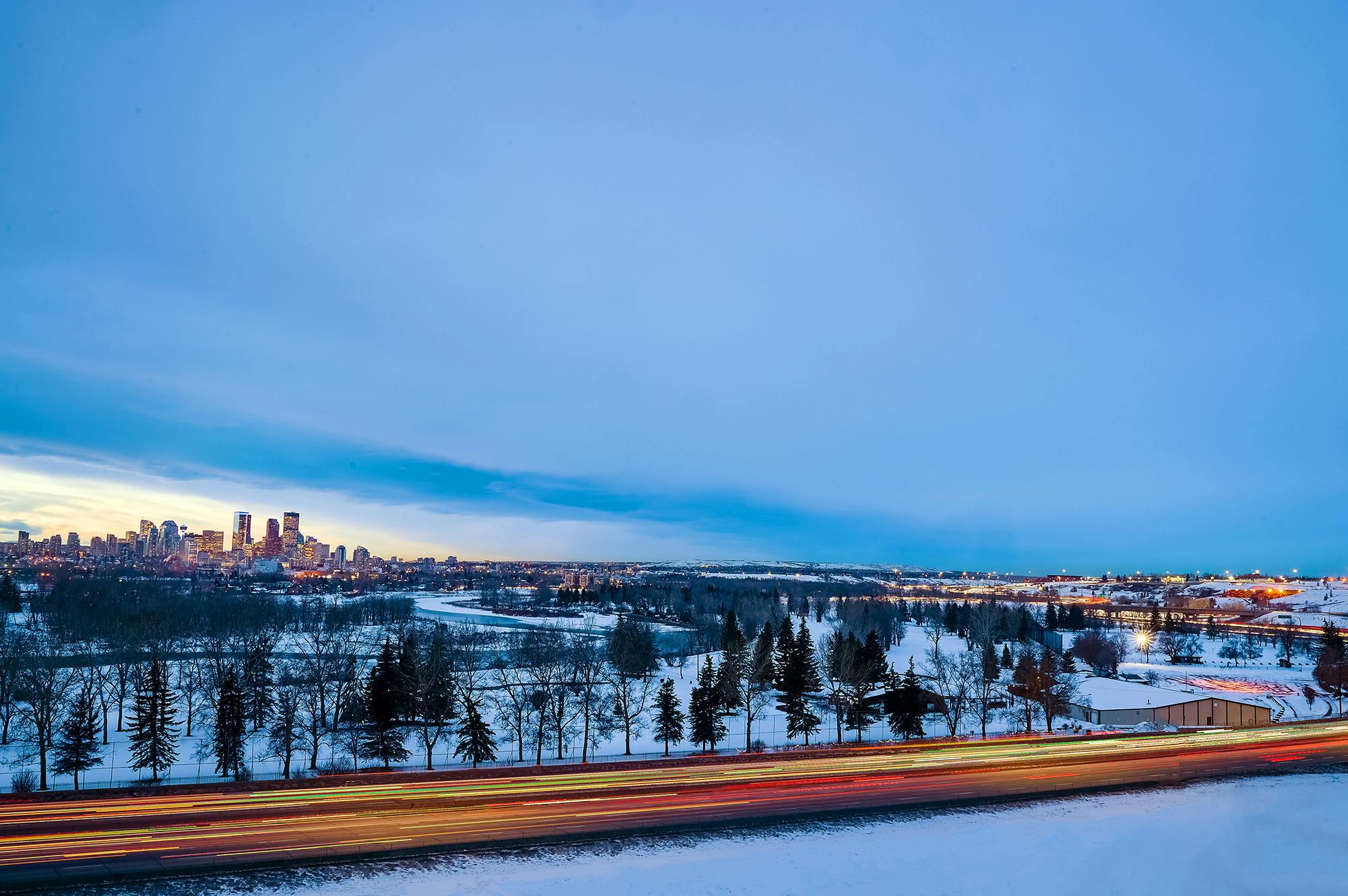
Introduction
Poverty, like other societal ills, is no respecter of persons. Any of us may experience poverty at some point in our lives, and many of us either have or still do. That said, the unfortunate reality is that poverty is more prevalent among certain groups in Canada, including women, newcomers, racialized people, and Indigenous peoples.
The Justice Sector Constellation is a Champion of the Enough for All strategy. The mission of the Constellation is to intervene at the intersection of poverty and the law so that everyone facing a legal issue can access the justice sector resources and services they need.
Problems
Biased policies and conditional assistance
Poverty is generally the result of several factors, many of which are outside of the control of those living in poverty. The Canadian Poverty Institute has developed the Dimensions of Poverty Vulnerability Matrix, which identifies four factors that contribute to poverty: individual attributes, social connection, life stage, and systemic factors like racism and discrimination.
Systemic vulnerability may include policies and regulations such as those that strip assets from people as a condition of receiving social assistance, or policies that do not accept foreign credentials for employment or education.
Prejudiced law systems
To the extent bias and prejudice exists in each of us, it exists in the systems we build and maintain in our society. While the implications of our bias and prejudice in our individual lives may be limited, the implications of bias and prejudice in our systems is systemic, with far-reaching implications.
While the way in which this operates may not be obvious, the implications are clear. The factors that make an individual or family vulnerable to poverty can also contribute to their vulnerability to legal issues. Conversely, having legal issues can make a person vulnerable to poverty.
Statistics
70%
surveyed at the Calgary Courts Centre had household income below the low-income cut-off
27%
of admissions to Canadian correctional services are Aboriginal adults, while representing 4% of the Canadian adult population
46%
of admissions to Canadian correctional services are Aboriginal youth, while representing 8% of the Canadian youth population
Solutions
Intentionally changing misconceptions of poverty
Concerned citizens must first abandon the myths that only the homeless are poor, and that people could get out of poverty if they were just more disciplined or worked harder. These popular opinions do not take into consideration the privileges of safety nets and adequately-paying jobs. By changing our perception of poverty, we can begin to learn that the legal struggles of impoverished Calgarians are not a moral fault, but instead a side-effect of flawed, deeply biased systems.
Poverty and the Law
In addition to becoming conscious of our own prejudice, we can educate ourselves on what makes people susceptible to both poverty and legal issues, in greater detail. A good starting point is the Justice Sector Constellation’s module Poverty and the Law: Expanding Perspectives, which describes who is more likely to live in poverty in Canada, explores the causes and consequences of poverty, outlines specific ways in which poverty and the law intersect, and provides specific actions that you can take to intervene at the intersection of poverty and the legal system.

Myths & Reality
Reality:
Although ‘justice’ is typically portrayed as holding up balanced scales while blindfolded, the legal system, for example, has been created and is operated by people like each of us, with our particular biases and prejudices.
Every actor in the legal system – court clerks, justice administrators, police and other enforcement officers, judges, lawyers, prosecutors – is charged with fulfilling their role objectively. In keeping with the traditional image of ‘justice’, this means acting blindfolded, not seeing race or colour or socio-economic status or other individual characteristics that may trigger personal biases and prejudice. However, if we are honest with ourselves, we know how difficult it can be to live with that kind of objectivity and impartiality. This is particularly true since our biases and prejudice often operate unconsciously rather than overtly.
Reality:
Legal troubles are a vicious cycle for many struggling with poverty. An unforgiving job schedule might lead to a traffic ticket, which leads to further legal and financial troubles. It is essential to remember that different people come from different backgrounds, and without a safety net, something as simple as a public transit violation can upend a struggling individual’s entire life, legally and financially.
How to Help
- To learn more about where your own biases lie, complete the Poverty and the Law Module.
- Beware of considering yourself color-blind. Societal and cultural differences exist, and only by acknowledging our roots and the realities of how we perceive each other can we begin to create systems based in equity.
- When you witness bias in your home or workplace, speak up. Many people do not realize the harm their prejudice may cause until informed by someone they know or respect.
Focus Areas
Attribution
Related Projects

Calgary’s Living Wage is $26.50 per hour
Alberta’s largest city sees a $2.00/hr jump in living wage compared to 2024
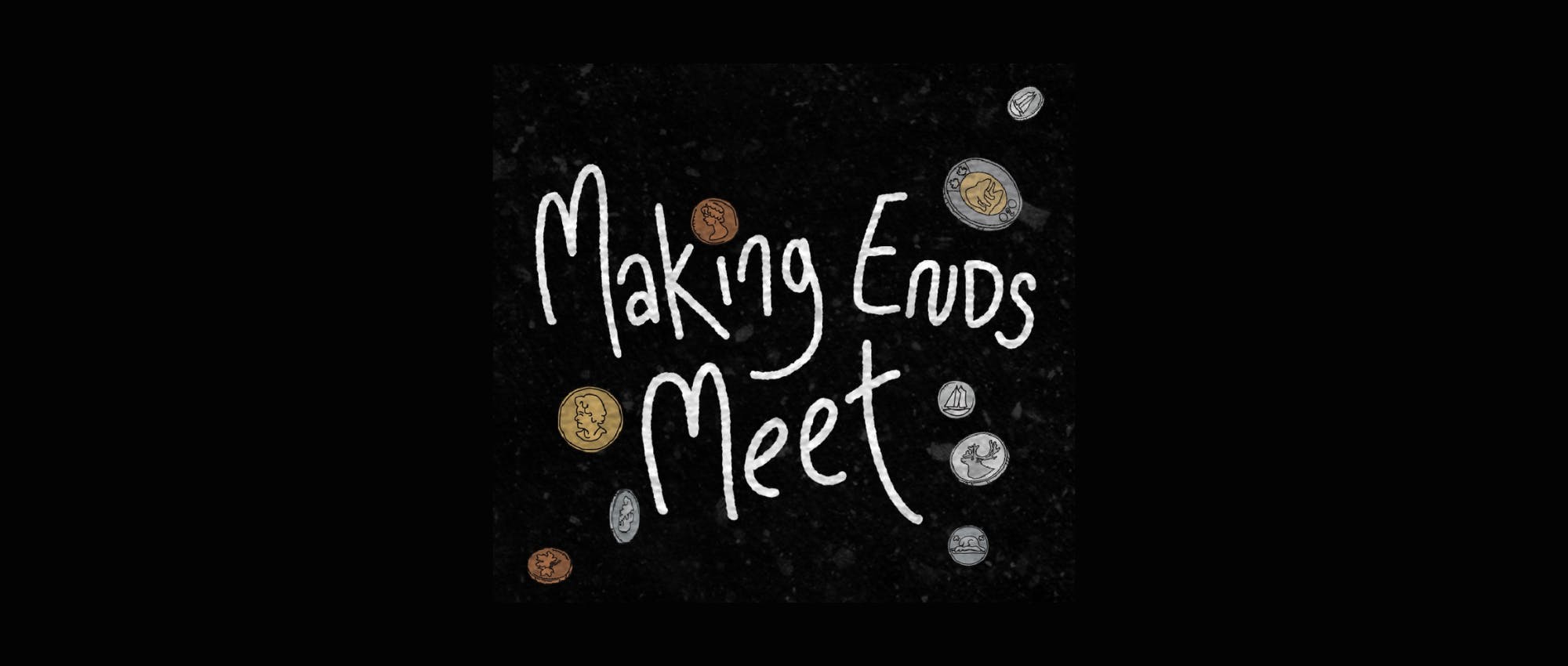
Making Ends Meet
Stories of lived experience told through community voices

Indigenous perspectives on building a future where there is enough for all
Indigenous teachings and oral storytelling traditions capture the conversations, wisdom, and experiences shared during the pipe ceremony
